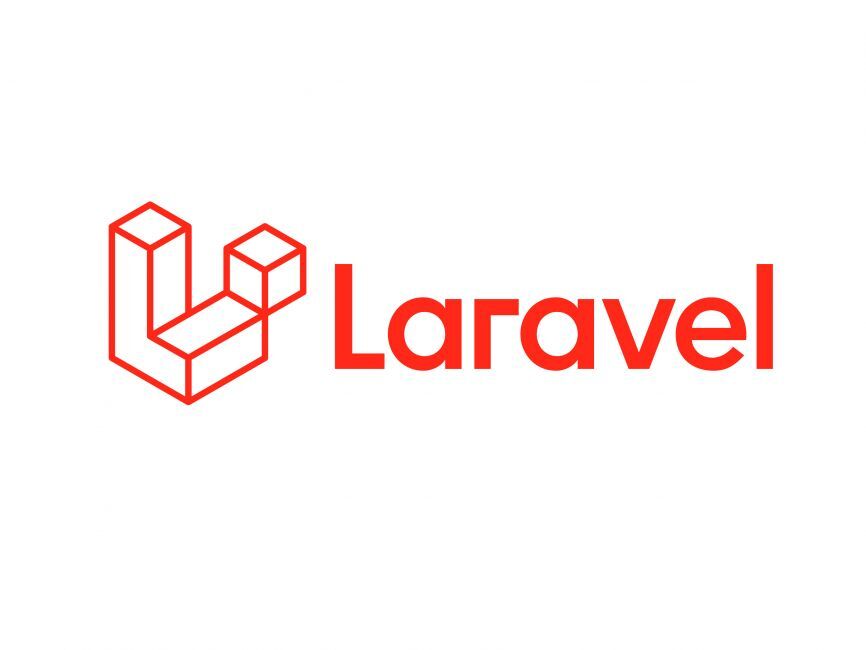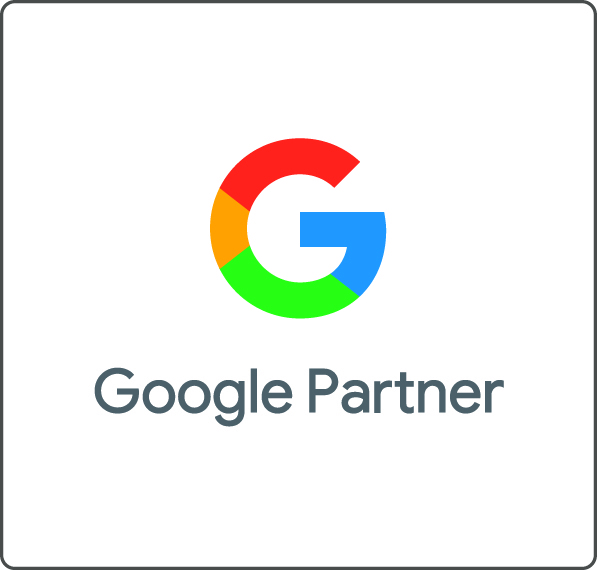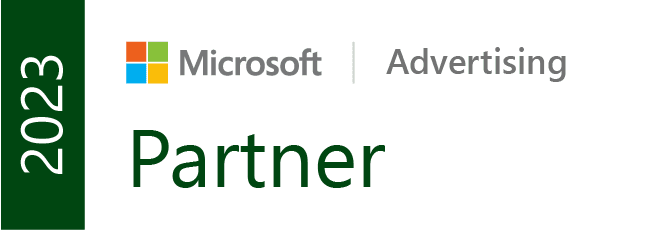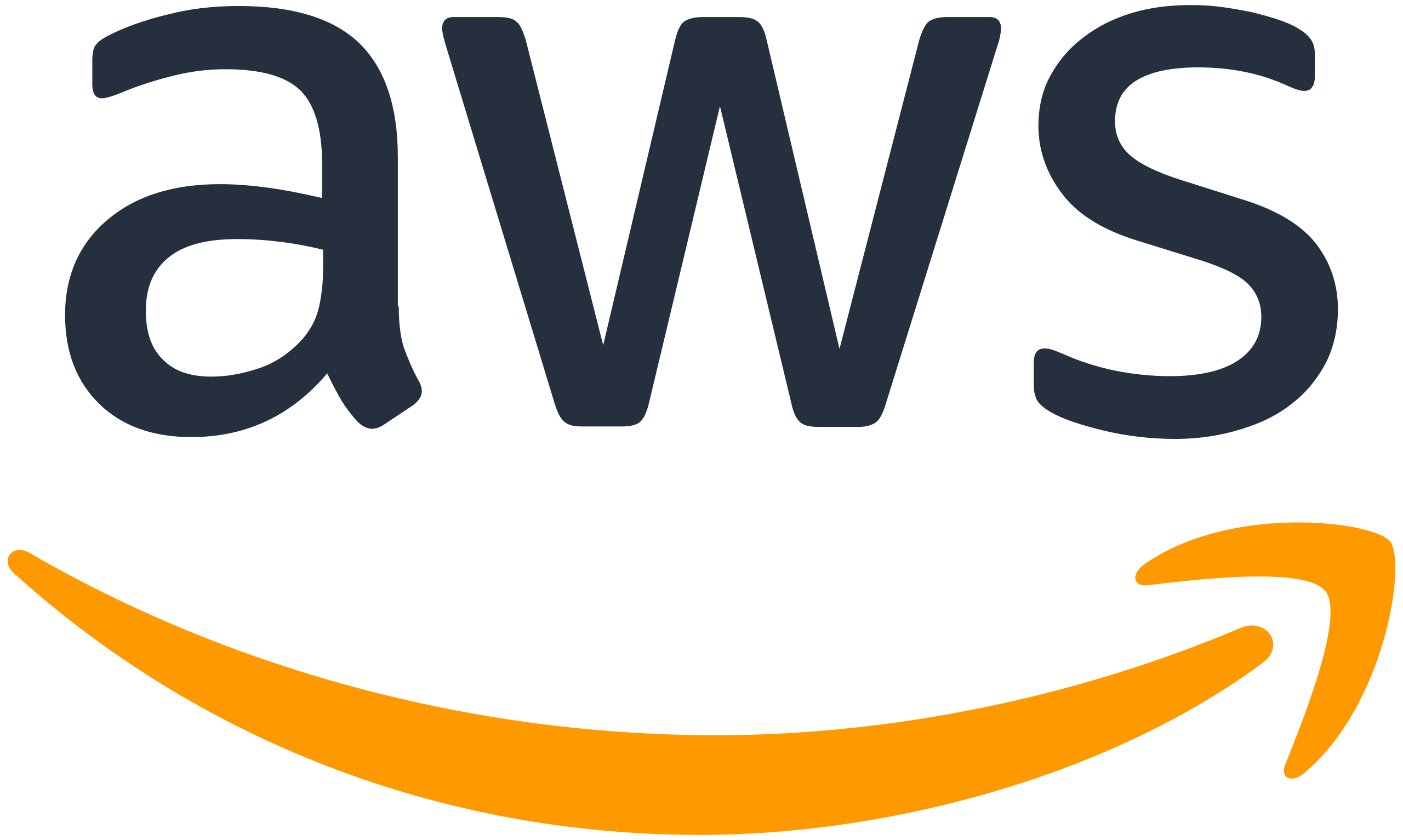Unless you’ve gone into business with the goal of becoming the best PPC specialist that ever was, chances are you’ve had more interesting things to take care of on a daily basis than trying to understand PPC metrics.
Maybe now the circumstances have changed; you might be looking at hiring someone to look after PPC for you, or becoming a manager of a team of specialists, or maybe you’ve just decided you want to learn more about PPC for your own self development. Either way it is important to be aware of some of the most important PPC metrics.
I’ve listed for you the 10 PPC metrics that have had the biggest positive impact on the accounts I've managed throughout my career. I've tried to explain how they relate to one another, and wherever possible, I’ve also included examples and practical tips to give some context that is - hopefully - easy to understand.
This blog is part of a series that also covers top SEO metrics and top website metrics, so I recommend you check these out later as well.
10 important PPC metrics for your business
Traffic metrics
1. Clicks
Clicks is probably the most intuitive metric out there, which Google defines as “whenever someone clicks on your ad”.
As most campaigns now work on a pay per click basis (with an option to pay per impressions on display campaigns or per views on YouTube campaigns), the number of clicks you get, together with your cost per click (CPC), dictates how much (or how little) you’re going to spend.
How important are clicks?
The amount of clicks you get helps you understand, among other things, whether your message is resonating with your audience. The first sign that something’s not quite right with your setup is getting little or no clicks at all.
Clicks are the bridge between your Google Ads and the destination you’re sending people to. Without clicks, you won’t generate traffic from Google Ads, and without traffic, you won’t get additional enquiries (for B2B) or direct sales (for eCommerce) from this marketing channel.
Clicks alone won’t give you the context you need to understand if your campaign is working though. Usually, the analysis involves looking into the relationship between clicks, average CPC and click through rate (CTR). For more advanced analysis, you would also be looking at how competitive your ads are in the auction with search impression share metrics, as well as investigating the quality of the search terms you’re buying.
2. Cost per click (CPC)
The next logical metric to track is cost per click, which is essentially the average amount you pay each time a person clicks on your ad.
You can also think about CPC as the total cost of your campaign in any given time period divided by the number of clicks.
What is a good cost per click?
I wish I could have a clean cut answer, but all I can say is it depends.
CPCs can vary wildly for countless reasons, some of which we’re not even aware of, as Google doesn’t disclose them. To give you at least an indication, the variables include...
- industry
- geographical location
- age of the account
- competitiveness of the auction
- new players entering the space
...down to the less scientific but just as real “because Google said so and there’s nothing you can do about it”.
I’ve personally worked on accounts where average CPCs are £0.50 and others where you won’t even have a chance to compete unless you’re prepared to pay £30 per click.
Bottom line? It all comes down to context.
How important is cost per click?
Any average PPC executive will tell you that it’s not just important but downright fundamental to reduce CPC at all costs; the cheaper the CPC, the more website traffic you can buy for the same budget.
In principle they’re right, but in practice that’s a short sighted way of looking at CPC. Aiming for cheaper CPCs so you can get more traffic for the same budget doesn’t necessarily mean you will get an equal increase in sales or leads as a result. More often than not it doesn’t, as a matter of fact.
Would you prefer to pay £20 for a high quality, relevant website visitor, if that visitor turned into business worth hundreds or even thousands? Or would you rather stick to 10 visits at £2 each because it’s cheap, yet having none of those convert into business?
I can probably guess which option you’d be going for.
3. Click through rate (CTR)
Click through rate (CTR) is a cornerstone PPC metric that measures the ratio between all the people who saw your ad and the people who clicked on it and were taken to your chosen landing page. So for example, if 150 people saw your ad and 15 clicked on it, your CTR would be 10%.
What is a good click through rate?
Thankfully in CTR’s case, what can be classed as good CTR is a little bit more straightforward than clicks. Context is still important and it certainly plays a part, but it is generally accepted that:
- CTR between 20 and 50% is great
- CTR between 5 and 20% is good
- CTR between 3 and 5% is alright, but needs work
- CTR less than 3% is poor
- CTR over 50% means you’re either a PPC genius, or it’s a brand campaign
How important is click through rate?
I have already hinted that CTR is a metric that gives more context and a better understanding of how your ad is performing, rather than relying solely on clicks.
I'll go as far as saying that in my experience, it is one of the main indicators of how your account is performing. You might be happy with the CPC and with the amount of clicks you get, but if your CTR is poor, it usually is a sign that you either are targeting the wrong keywords, or that your ad copy isn’t hitting the mark.
4. Conversions
What do businesses want from Google Ads? Leads, if they are in B2B, or sales if they’re in eCommerce. Conversions, or conversion actions, is the way they are called within the Google Ads platform.
Conversions are not usually set up for you when you start advertising. In most cases, you need to use conversion tracking to proactively tell Google what actions are important to you, so the platform can optimise towards them.
Say for example you’re a travel business selling tours in South Asia, and people can enquire on a tour via a form, call you about it, or book directly on the website. You also have brochures people can download, and they can keep in touch and find out about upcoming tours by signing up to the newsletter.
Each one of these is a meaningful action people take on the website and should become a conversion action, however, only the first three are proper leads. In this scenario, you would still be able to use all conversion actions as signals that Google can use to find more people who are likely to enquire, but only count form fills, calls and bookings as a conversion, so your other conversion-related stats, like conversion rate and CPA, are not skewed.
5. Conversion rate
The principle behind conversion rate is pretty much the same as CTR, just taken one step further to measure the ratio between how many people clicked on your ad and how many conversions you generated.
If your account has conversion tracking in place (and I really hope it does), conversion rate is often a better indicator of how likely someone is to complete an action once they get on your website.
Just bear in mind though, that at this point in the journey, the quality of your landing page plays a huge part in how good or bad your conversion rate is going to be. It’s not uncommon for ads to generate high quality traffic that doesn’t convert because of a poorly structured landing page with substandard content.
What is a good conversion rate?
There’s no cookie-cutter answer here either, as you might have guessed. Like anything else in marketing, the fewer steps you’re asking people to take to convert, the more likely they are to do that, which means your conversion rate is presumably going to be higher.
From experience, what’s considered a good conversion rate also largely depends on the industry. The longer the sales cycle, and the higher the ticket value, the lower the conversion rate (although there are always exceptions).
Also, don’t forget context. Especially in B2B, when filling a lead form is only the first step in a probably rather complex buying journey. If your conversion rate is low but the leads are high quality, and therefore you close most of them, you might be in a much better position than spending time and energy dealing with lots of enquiries that end up going nowhere.
Competitive metrics
6. Search impression share (IS)
I have a soft spot for search impression share, as well as the two metrics that come next, because I’m a competitive person at heart (and I suspect most PPC professionals are too, or we wouldn’t survive in this job for long).
Google Ads is a giant auction at the end of the day, and Google decides whether your search ad will appear or not and how much you’ll pay for a click based on how you fare against businesses bidding for the same keywords.
The easiest metric to look at to understand how competitive you are in the auction is search impression share, which is the percentage of ad impressions you’ve received on the Search Network divided by the estimated number of impressions that you were eligible to receive. This is why, looking at the image below, the percentages don’t add up to 100%, a common question among people looking at the Auction Insights tab for the first time.
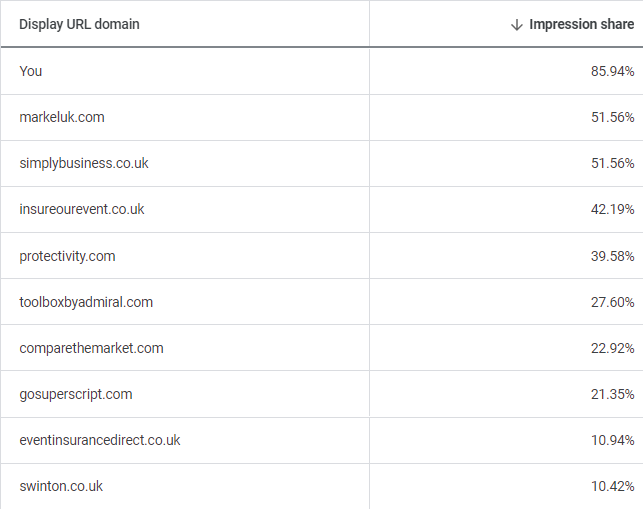
The impressions refer to ads that are shown either at the top or at the bottom of the page. How Google decides who wins, who loses, where and how frequently your ad appears is based on your current ads' targeting settings, approval statuses, bids and quality. The better job you do overall, the higher up you will show in the auction.
How important is search impression share?
Fundamental if you run search campaigns, as far as I’m concerned. If you see yourself far down in the list, you’re not competitive, and your ads are not showing as frequently as they could. Sure, you might be still getting clicks and even conversions out of that, but why not getting a bigger share of the pie, considering you’ve taken the time to bake a cake in the first place?
Cake metaphors aside, keeping a close eye on your auction insights will help you spot opportunities to grow your online presence, as well as highlight to you when the auction dynamic changes. You might be losing ground because new businesses have thrown their hat in the ring, existing competitors are bidding higher, or the quality of your ads is not great. Segment your reporting view by day or week, so you can spot straight away when something needs your attention.
7. Search top IS
Closely related to search impression share, search top IS takes it one step further to show you the percentage of times your ads have appeared in the 3 or 4 available slots before organic search results. This metric, together with absolute top IS, replaced the previously used average position in September 2019.
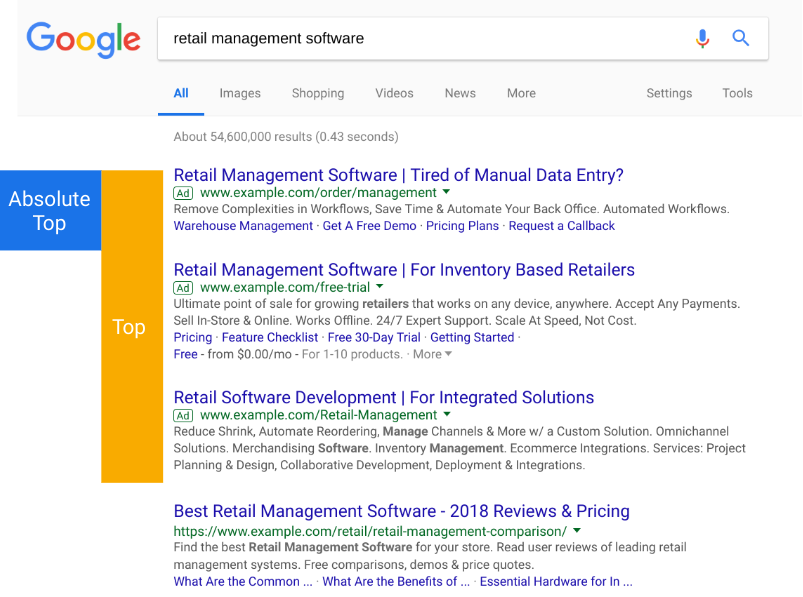
As you can imagine, the closer you are to the top, the more expensive a click is likely to be, hence why your goal shouldn’t necessarily be to appear in first position 100% of the time.
For a few of my clients, I’ve actually seen the benefit of purposefully NOT aiming for first position, which has meant paying sometimes even 40-50% less for a click, while not experiencing drops in CTR.
8. Click share
I’ve just recently changed my mind about the usefulness of click share, and now I actively look at this metric as part of my standard review and optimisation.
You might have guessed by the name that click share is the clicks equivalent of impression share, but it’s not search campaign specific and applies to Performance Max, Shopping, and hotel campaigns too.
Click share measures the ratio between the clicks that you've received on the Search Network vs the maximum number of clicks you could have received.
Obviously, in order to get a click you first need to get an impression, so it makes sense that the higher your impression share and search top IS, the better your click share is going to be.
Bear in mind, though, that sometimes you might enter the auction, yet not be competitive enough to appear; which is the likely reason why click share and impression share stats rarely match. The wider this gap, the more effort you need to put into improving your impression share metrics.
How important is click share?
I consider it important of course, otherwise I wouldn’t have included it in this blog, however, if I had to rank these top 10 PPC metrics in terms of importance, click share would be at the bottom of the list. So if you’re hard pressed for time, or are asked to only focus on a handful of stats, you can safely leave this one out.
Revenue metrics
9. Cost per acquisition (CPA)
Cost per acquisition (CPA) is all the rage these days, and rightly so, but as usual, context is what dictates the importance you give to CPA in your own account.
In the Google Ads platform you’re going to find CPA in the cost / conv. column, which is measured by dividing the overall advertising spend by the number of the recorded conversions in any given period.
Remember when I said you should make sure you’re including only the conversions that matter in the conversion column, otherwise your conversion rate and CPA would be skewed? Here’s an example of why that’s important.
I’ve recently audited an account in the travel industry where all conversions, regardless of their importance and place in the buyer journey, were counted and had the same weight. This meant newsletter signups had equal value to a tour enquiry.
Looking at the screenshot below, out of 125 conversions recorded, 29 at best are actually enquiries, which means the real CPA was more likely £278 or higher, rather than £64.48. That’s a difference of over 400%, and a mistake you cannot afford to make.
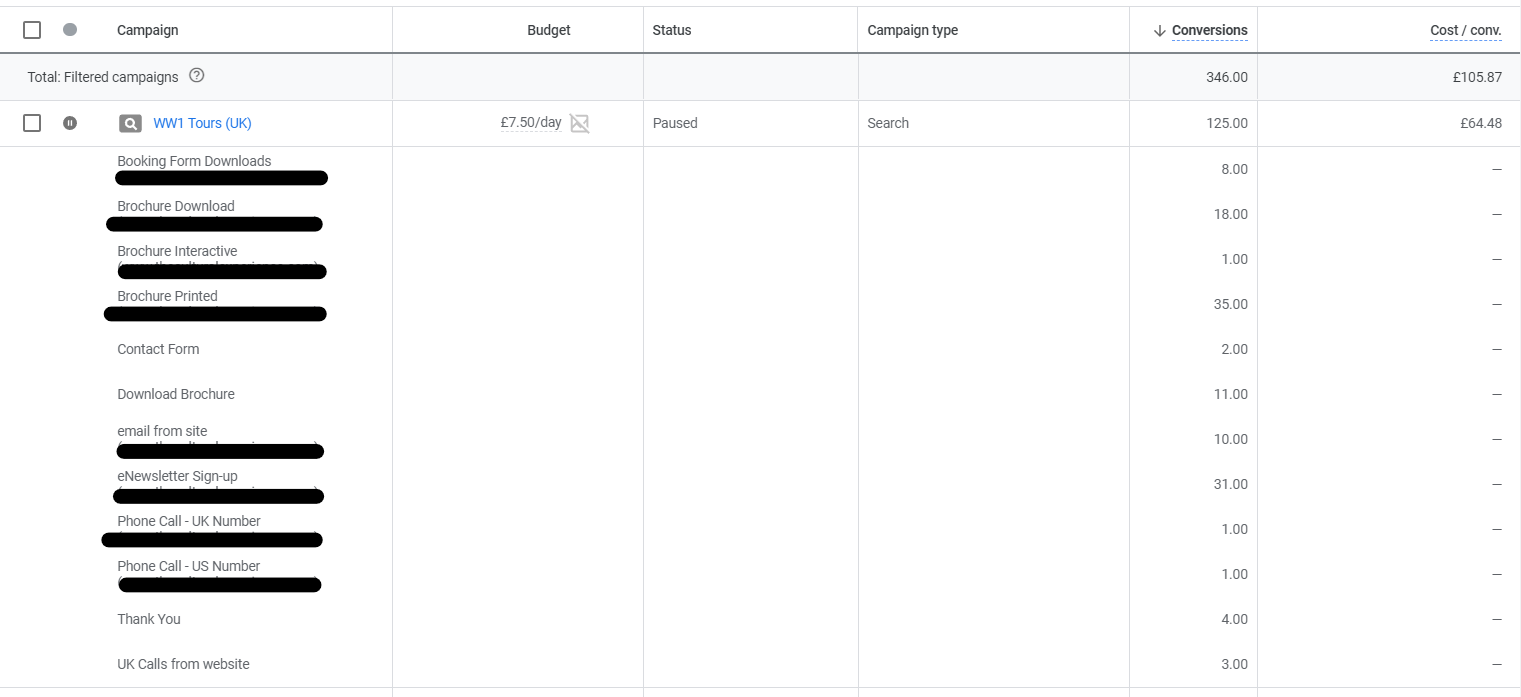
What is a good CPA?
I’m starting to sound like a broken record now, because again, you guessed it, it depends. There is, however, a quick calculation that I believe could help you get at the very least a ballpark figure:
- Take the cost of the product or service you’re promoting with the campaign
- Subtract any internal cost to get to the pure profit
- Take your average conversion to sale ratio, which is how many enquiries it usually takes you before closing a sale
- Divide the profit figure by the conversion to sale ratio
Say the cost of a product is £2,000 and you make £1,500 out of it. Your conversion to sale ratio is 20%, which means you close 1 in 5. Divide £1,500 by 5 and you get £300. This is your ballpark maximum CPA that you should stay under for your ads to be profitable.
This calculation assumes I’m talking about a one-off purchase; but it makes sense to be willing to spend more to acquire a customer who will come back over and over again for repeat purchases. This would require, however, that you know your customer lifetime value.
Try this calculation based on your numbers right now, and see what happens.
10. Return on ad spend (ROAS)
Last but not least on this list is ROAS, or return on ad spend. In the Google Ads platform, ROAS is recorded in the column conv. value / cost, and it measures exactly what it says on the tin. If your conversion value is £300 and your cost is £100, your ROAS will therefore be 3.
Worth bearing in mind ROAS calculations require that either:
- you have ecommerce tracking installed, so that sales data is imported automatically back into Google Ads
- you’re able to gather conversion value data in your CRM using Google Click ID and import it manually into Google Ads
- you assign a value to the conversion you're counting (whether manually or dynamically)
Final thoughts
So, there you have it, my personal top 10 list of important PPC metrics that businesses running Google Ads need to monitor to avoid disappointment and wasted spend.
By no means do I expect this list to be the same for everyone; in fact, if 10 PPC professionals were asked to write this blog, I’m pretty sure we would have 11 different opinions at the end of it.
Our PPC team at Adido, however, with its 30+ years of combined hands-on experience, has managed its fair share of accounts across multiple industries, and we believe these metrics to be pretty universal in their importance, even though the priority order might change on a case by case basis depending on specific account goals.
If you need help with your Google Ads campaigns, speak to a PPC specialist today. Contact us.
Here's the list in full:
Traffic metrics
- clicks
- cost per click (CPC)
- click through rate (CTR)
- conversions
- conversion rate
Competitive metrics
- search impression share
- search top impression share
- click share
Revenue metrics
- cost per acquisition (CPA)
- ROAS (retrn on ad spend)

